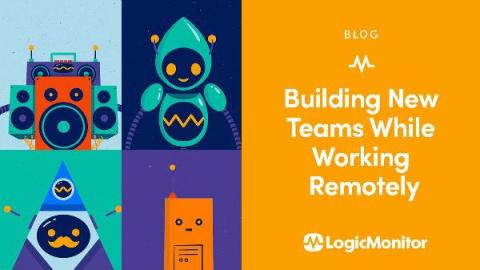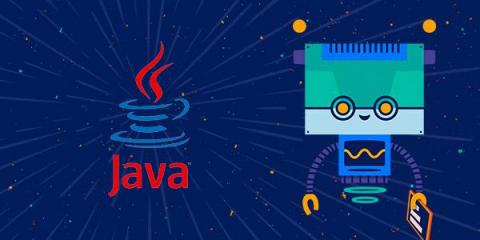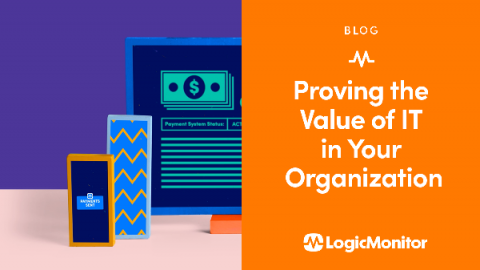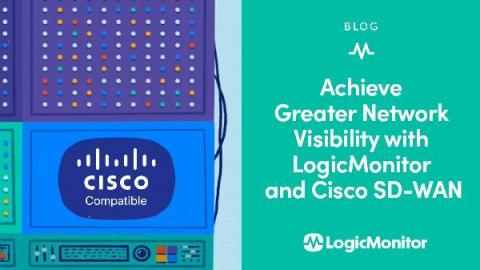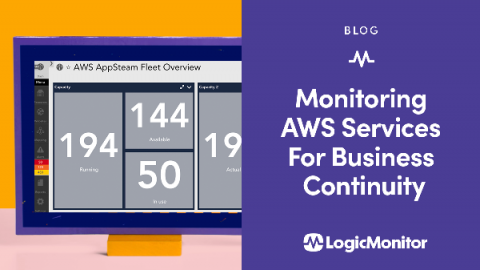Building New Teams While Working Remotely
2020 has been a year of challenges, and across all industries, companies are working hard and fast to remain efficient in the face of a new normal. Now that hiring freezes are slowly thawing out, many companies are starting to hire new people virtually and want to create remote cohesion between new and existing teammates. The lack of physical proximity means your team will need to ramp up on communication, transparency, and accountability.


